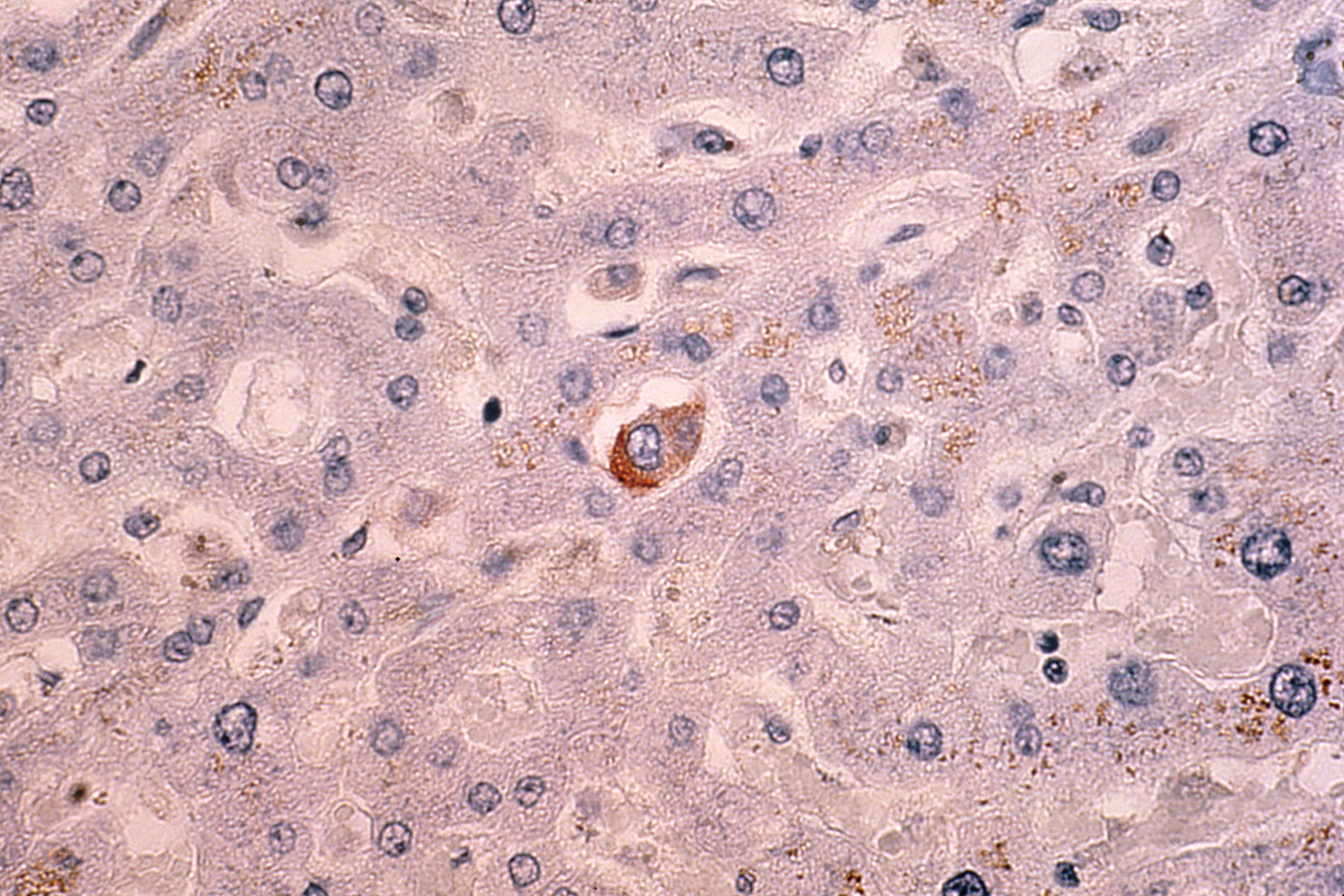A collaborative study reveals an unexpected way cancer spreads through the body – by shedding tiny, previously unidentified fragments called shearosomes as tumour cells squeeze through narrow blood vessels. Shearosomes appear to actively influence their surroundings, supporting the growth of secondary tumours, offering new insights into how cancer spreads.
The research, published in Advanced Science, was carried out by a collaborative team from multiple institutions, including The Institute of Cancer Research, London, and Imperial College London, and supported by Cancer Research UK (CRUK). The findings could open the door to novel therapies that disrupt this key step in cancer progression.
Shearosomes and how they work
Metastasis – the spread of cancer from a primary tumour to other parts of the body – is one of the most devastating aspects of the disease, causing nine out of ten cancer deaths, and is still not yet fully understood. Circulating tumour cells (CTCs) – cancer cells that break away from the primary tumour – play a central role in metastasis by travelling through the bloodstream to seed new tumours elsewhere.
In the study, researchers uncovered a previously unrecognised behaviour. As CTCs squeeze through the body’s tiniest blood vessels, they shed fragments of their own cell bodies – identified as a new type of extracellular vesicle and now named shearosomes. Far from being harmless cellular debris, shearosomes appear to damage nearby blood vessels and manipulate the local immune response to support tumour growth.
Senior Author Dr Sam Au, Associate Professor, Bioengineering, Imperial College London and the CRUK Convergence Science Centre, said:
“This insight marks a significant step forward in understanding metastasis. Rather than passively drifting through the bloodstream, tumour cells are actively modifying their environment en route – helping to create favourable conditions for cancer to take root elsewhere in the body.”
How researchers uncovered the mechanism
To make this discovery, the research team used advanced microfluidic systems known as 'vessel-on-chip' microfluid systems – which model the structure and function of blood vessels in 3D. These systems, developed at the CRUK Convergence Science Centre Microfabrication and Prototyping Facility, replicate the geometries of human blood vessels and allow researchers to closely monitor how tumour cells behave under mechanical stress.
By mimicking the physical constraints of the bloodstream, the team was able to watch CTCs deform and release shearosomes as they squeezed through narrow blood vessels. They then isolated and studied these fragments in more detail. In these 3D models, shearosomes were shown to inflict damage and induce immune cells to differentiate into cells that promote metastasis.
Their findings revealed that shearosomes differ from all previously identified extracellular vesicles, both in how they are formed and in their content.
Implications for treatment
One of the most surprising findings came from proteomic analysis – the study of proteins within biological systems – led by Professor Paul Huang, Professor in Molecular and Translational Oncology at The Institute of Cancer Research (ICR).
Professor Huang said: “We found that our shearosomes had far more distinct proteins than we expected, more than 3,000, representing about half of the distinct proteins in parental cells. Similarly sized extracellular vesicles have previously been reported to have only a few hundred. We think this is because shearosomes are generated biomechanically by fluid shear stress, instead of other extracellular vesicles where the cells actively select and package their contents.”
This could explain both the diversity of proteins in shearosomes and their potent effects on surrounding tissues – offering a completely new way of thinking about how cancer cells prepare distant organs for colonisation.
These findings also lend support to the longstanding “seed and soil” theory of metastasis, which proposes that cancer cells (the seeds) can only grow in environments (the soil) that have been suitably prepared. By damaging blood vessels and manipulating immune responses, shearosomes may help turn those distant sites into fertile ground for cancer growth.
The discovery also aligns with the ICR’s research strategy, which prioritises understanding how cancer evolves and interacts with its ecosystem. By uncovering how tumour cells shape the environments around them, this study adds to growing evidence that targeting the tumour microenvironment could be key to halting cancer spread.
Looking ahead: Targeting shearosomes in future therapies
While the research is still in its early stages, it opens the door to potential therapies aimed at preventing or blocking shearosome formation – or stopping them from interacting with healthy tissues. In the short term, it provides a deeper understanding of how tumour cells survive the journey and migrate through the vascular system and establish themselves in new locations.
In the long term, researchers hope to explore how shearosomes function across different types of cancer, and to investigate whether targeting them can improve outcomes for patients. This new research could inspire entirely new anti-metastatic therapies aimed at blocking their formation or disrupting their interactions with distant tissues.
This research was made possible by funding from multiple sources, with primary support from Cancer Research UK. Contributions also came from Imperial, the ICR, the CRUK Convergence Science Centre, CRUK Manchester Institute, the CRUK Lung Cancer Centre of Excellence in Manchester, the CRUK National Biomarker Centre and the University of Manchester.
Professor Axel Behrens, Scientific Director of the CRUK Convergence Science Centre, said:
“This study exemplifies the power of convergence science, bringing together researchers from different disciplines and institutions to tackle complex problems. By providing shared resources like the CRUK Microfabrication and Prototyping Facility, the CRUK Convergence Science Centre enables the development of cutting-edge tools, such as the vessel-on-chip system used in this work. It's a clear demonstration of how collaborative infrastructure can accelerate scientific discovery and open new paths for therapeutic innovation."
